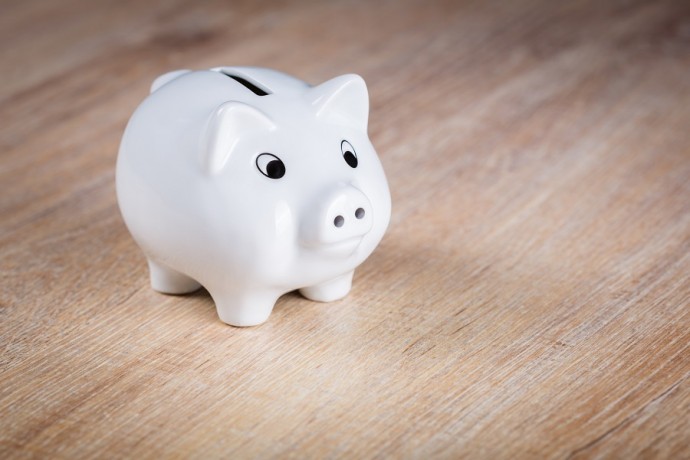
Six ways to save a first-home deposit
If buying a first home is a goal you’re striving for, you have probably wondered how to save a deposit.
In recent times, getting a big enough deposit together has been a significant hurdle for many buyers, alongside proving to a lender that they can service their new loan. (Although there are always avenues to pursue for buyers with a smaller deposit – get in touch if you need to discuss these.)
Every little bit counts, so here are some ideas to consider if you need to kickstart your savings.
KiwiSaver
KiwiSaver is one of the most popular ways to save a deposit for a first home.
Eligible KiwiSaver members who are buying a first house to live in can withdraw almost all the money in their account, except $1,000.That means that not only are you using your savings for the deposit, but you’re using your employer’s money and some from the Government, too.
Depending on how much a buyer earns and the price of the house purchased, there are also grants available to top up a KiwiSaver deposit.
The drawback some people see in using a KiwiSaver account to save a deposit is that, if you don’t end up buying a house, you can’t then access the money until you’re 65. Also, it’s important to ensure that, by withdrawing your KiwiSaver funds, you’re not jeopardising your retirement plans.
Last but not least, if you’re planning to access your KiwiSaver savings in the next few years, a KiwiSaver adviser can help you choose a fund that’s appropriate for your goals and time horizon, to reduce volatility and lower the risk of your deposit being smaller than you thought.
Direct debit
Many people find they need to automate their savings to make it happen. Even with the best will in the world, it’s hard to pledge to “just spend less” and save whatever is left over at the end of a month.
If you work out what you can afford to save (over and above your automatic KiwiSaver contribution), you can organise to have it go to savings before you even see it arrive in your account. This is a useful guide to help you work out how to trim your bills.
Save the change
If you’re keen to superpower your savings, you could choose to “round up” every purchase you make.
Some banks offer the option to do this automatically on a transaction account, otherwise you can manually log in at the end of each day and transfer an amount that “rounds up” your daily spending to the next $10 or $100, and put it into your savings account. In the grand scheme of things it may not seem much, but cumulatively it can be significant.
Match your spending
If you’d like to take the ‘guilt’ out of impulse shopping, you could resolve to save an amount equal to each discretionary purchase you make. If you buy a new pair of shoes for $100, you then put another $100 into savings. This gives you an extra flow of money coming into your savings account and it’s a way to discipline yourself to not buy anything unless you can afford to pay for it twice.
Join a challenge
Some people have found success with things such as the $1 challenge, where you save $1 one week, $2 the next and so on up to $52. If the novelty factor helps you put a bit extra aside, why not embrace it?
Whatever you do, just start
However you plan to get to your deposit goal, the key thing is to start as soon as possible. There’s a saying that the best time to start was yesterday (or last week, or last year) and the second-best time is now. The more you can put aside, and the more regularly you can do it, the sooner you are likely to get to your target. What is achievable will also depend on the timeframe you have, and there might be other options to consider. Please don’t hesitate to contact us: we can talk you through these.
Get in touch
Want to chat about your first-home plans? We’d like to talk about your goals, and how we can help. Give us a call today 0800 000 518.
